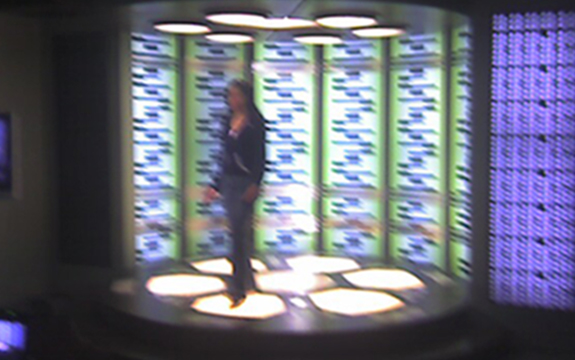Einstein’s ‘spooky’ steering needed for secure quantum teleportation

In Summary
Human teleportation may not be possible now, but Swinburne scientists have demonstrated the precise requirements for secure quantum teleportation.
‘Teleportation’ – the word evokes images of the fictional Star Trek universe where humans and objects are ‘beamed’ to another location.
Now, researchers including Swinburne University of Technology’s Dr Laura Rosales-Zarate and Professor Margaret Reid, together with a team from China and Europe, have demonstrated the precise requirements for secure quantum teleportation.
While sounding like something from science fiction, secure quantum teleportation is essential for a future quantum internet that allows information to be transmitted with absolute security.
“Teleportation works like a sophisticated fax machine, where a quantum state is transported from one location to another,” Professor Reid said.
“Let’s say ‘Alice’ begins the process by performing operations on the quantum state – something that encodes the state of a system – at her station. Based on the outcomes of her operations, she communicates (by telephone or public internet) to ‘Bob’ at a distant location, who is then able to create a replica of the quantum state.
“The problem is that unless special requirements are satisfied, quantum mechanics demands that the state at Bob’s end will be ‘fuzzed up’.”
The researchers have shown that to avoid this, Alice and Bob need available to them a very special form of quantum entanglement, known as ‘Einstein-Podolsky-Rosen steering’.
“Only then can the quality of the transported state be perfect,” Professor Reid said.
“The beauty is that quantum mechanics guarantees that a perfect state can only be transported to one receiver. Any second ‘eavesdropper’ will get a fuzzy version.”
According to Professor Reid, this work provides yet another practical application for the spooky idea of ‘quantum steering’ proposed by Einstein and Schrodinger, where a measurement can have an immediate ‘steering’ effect on another distant state.
This research was published in Physical Review Letters.

